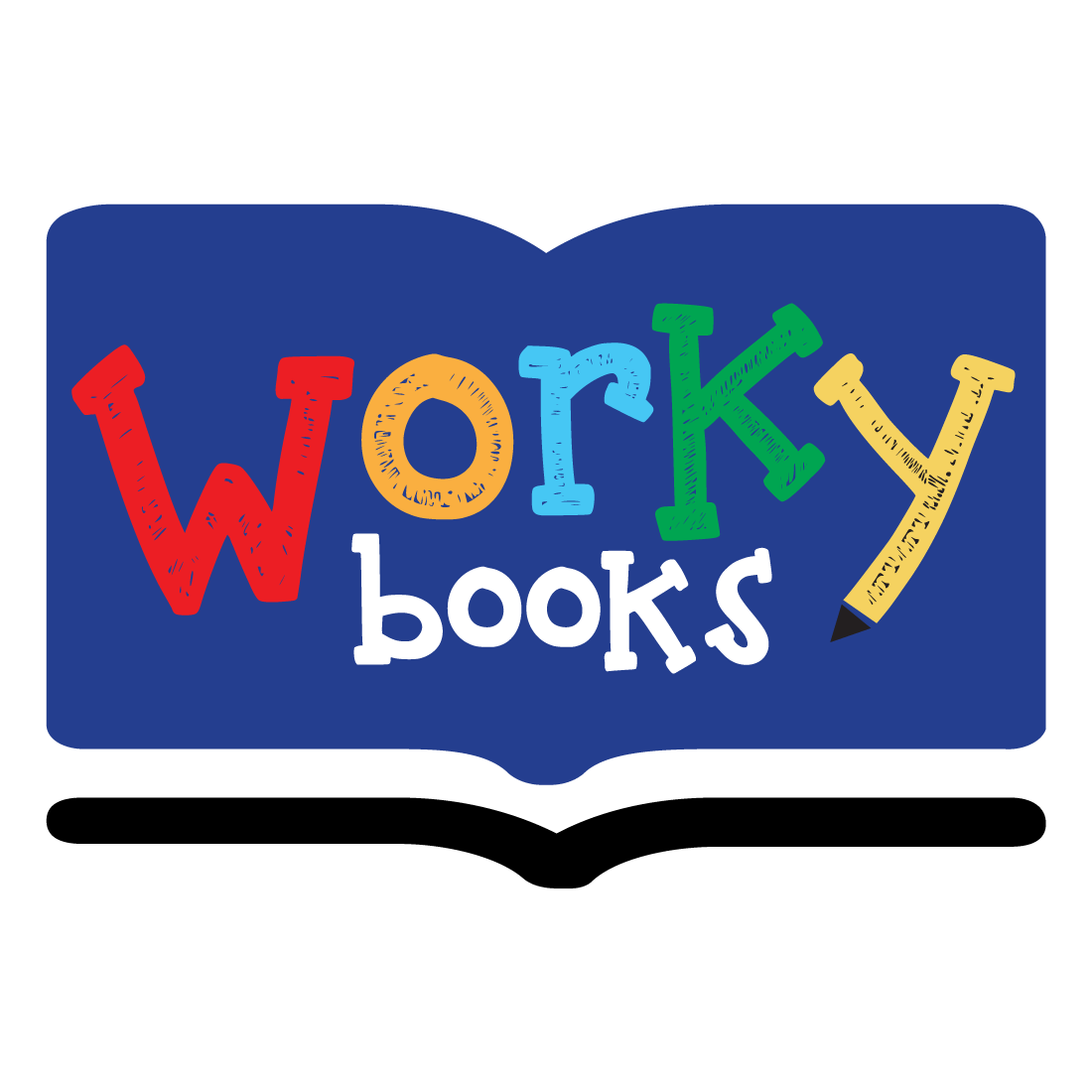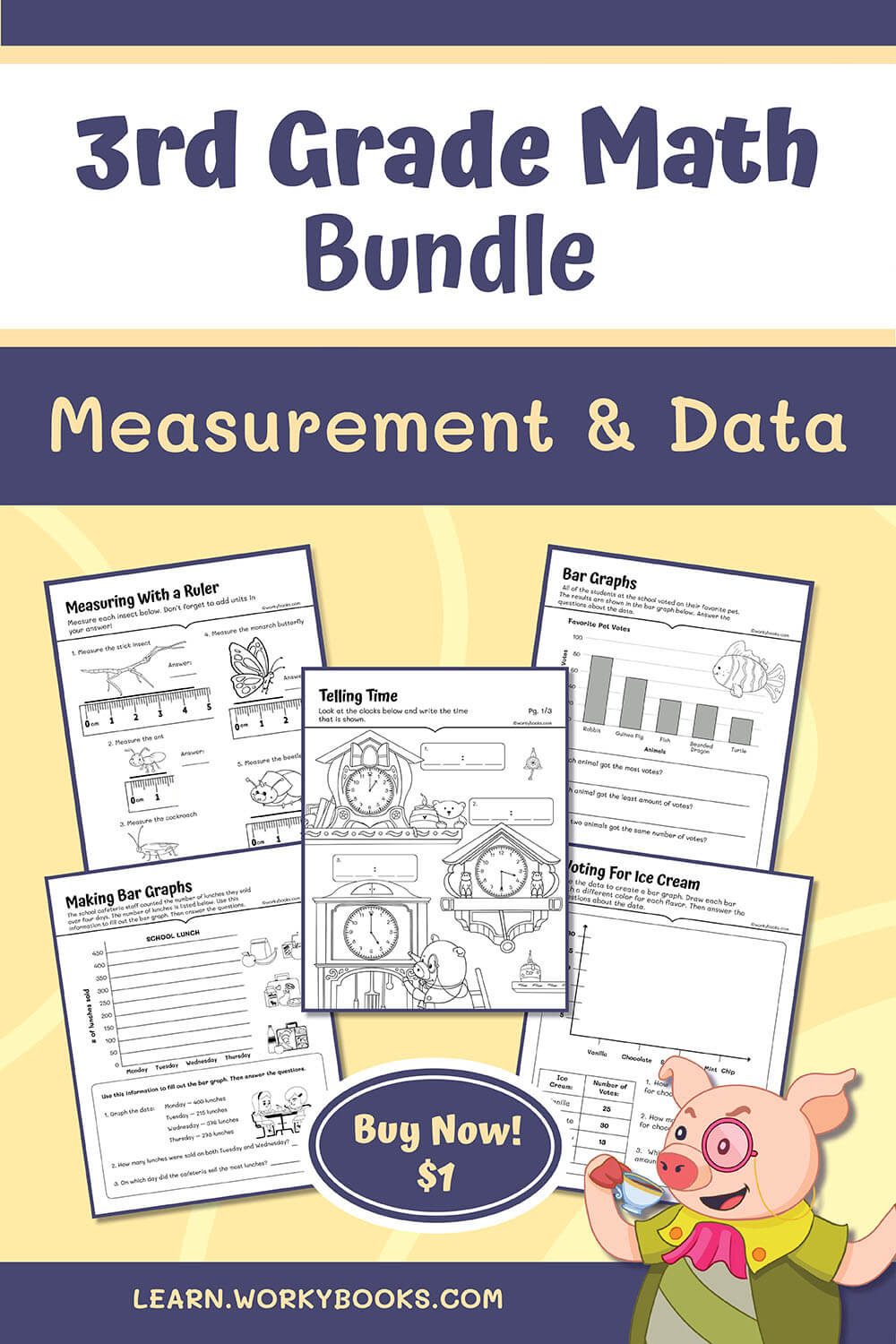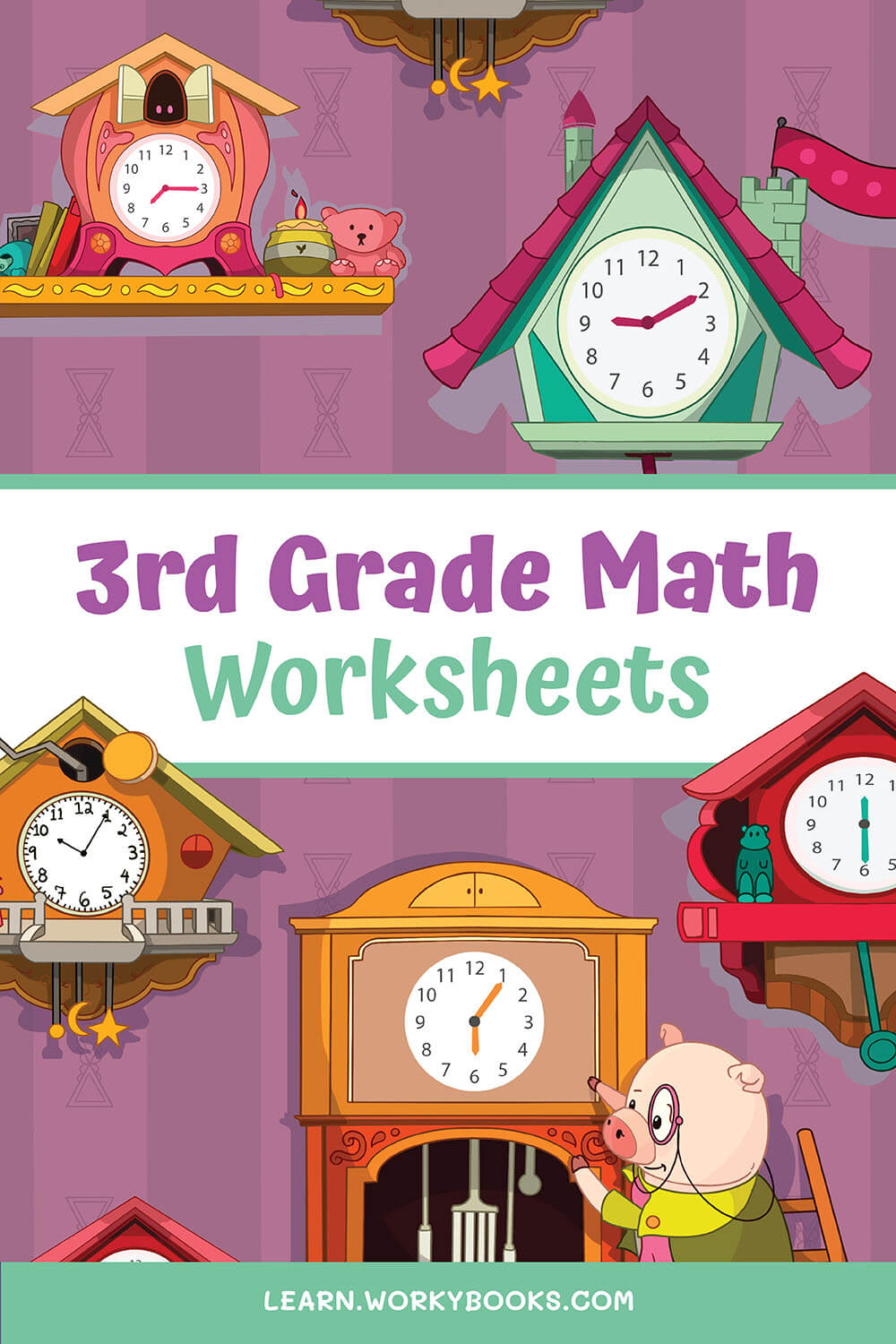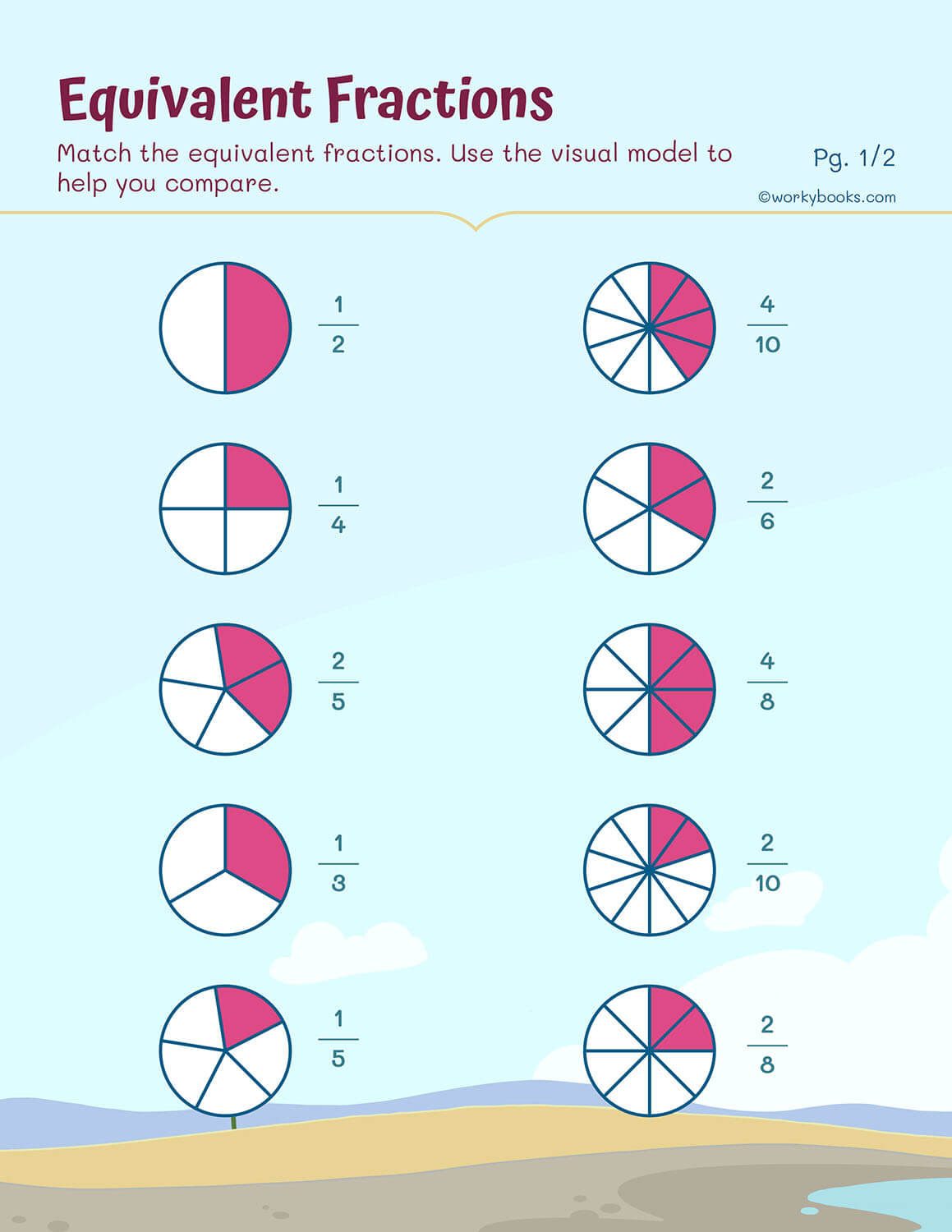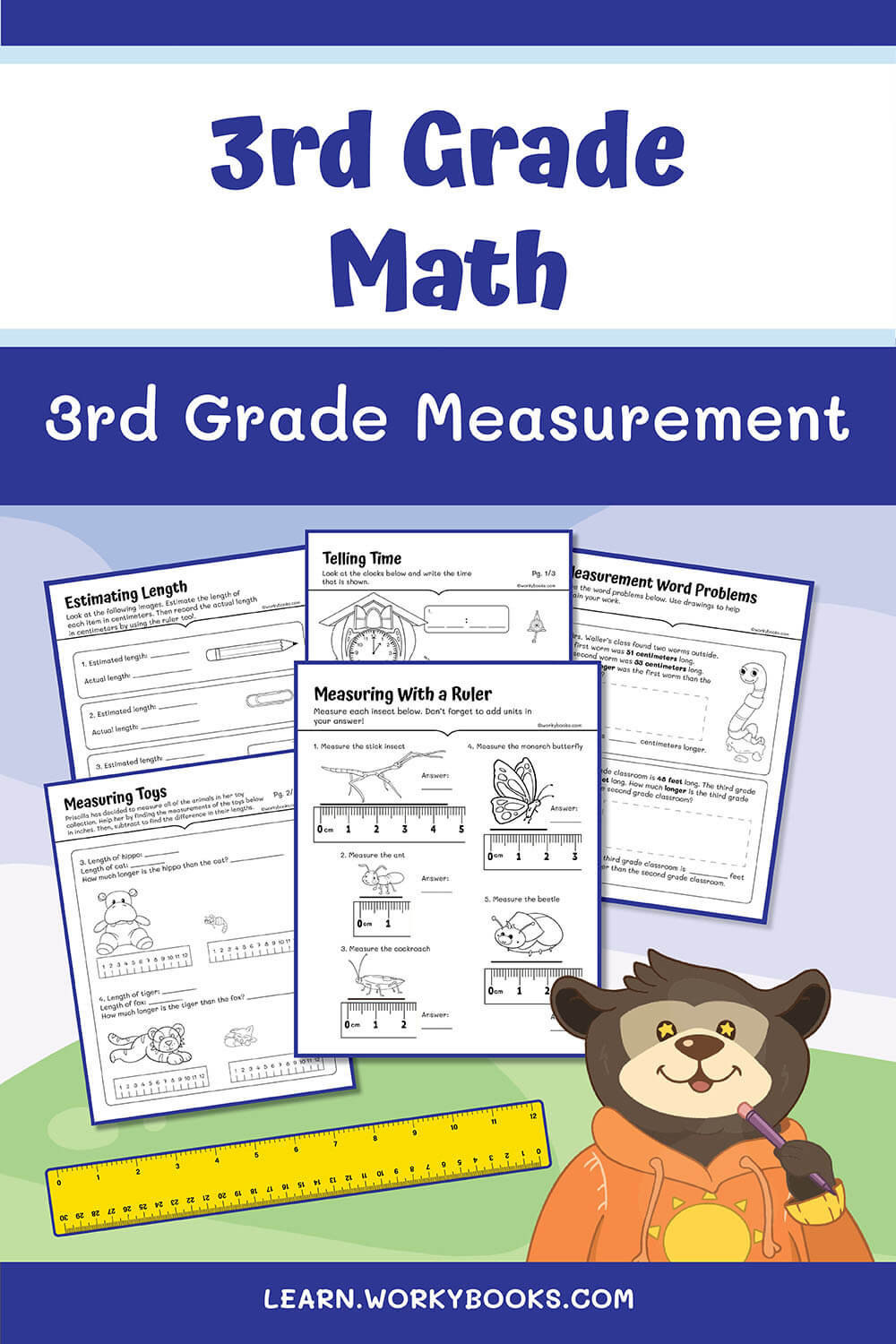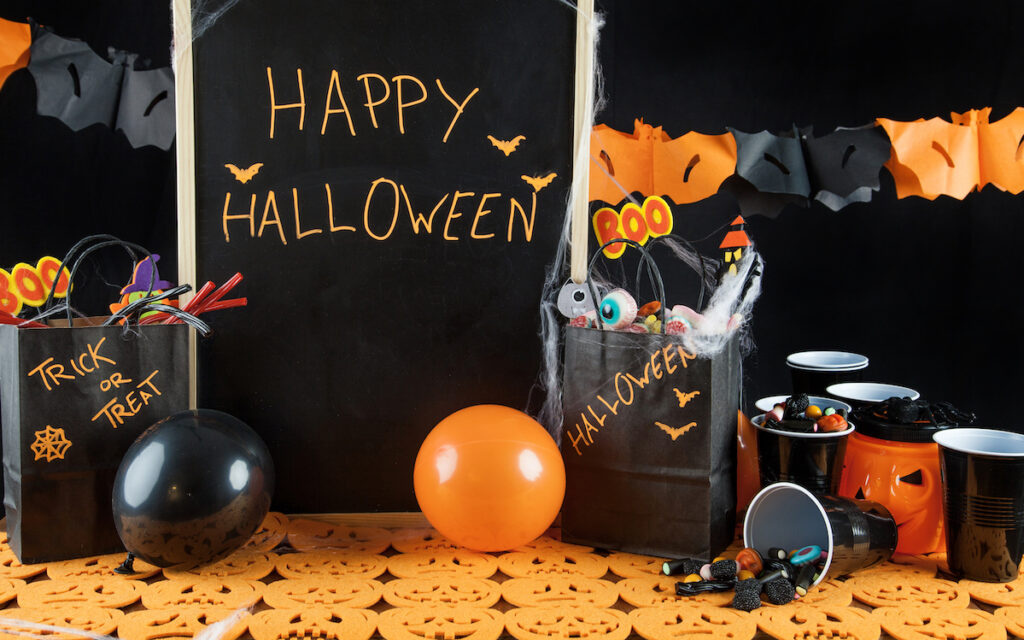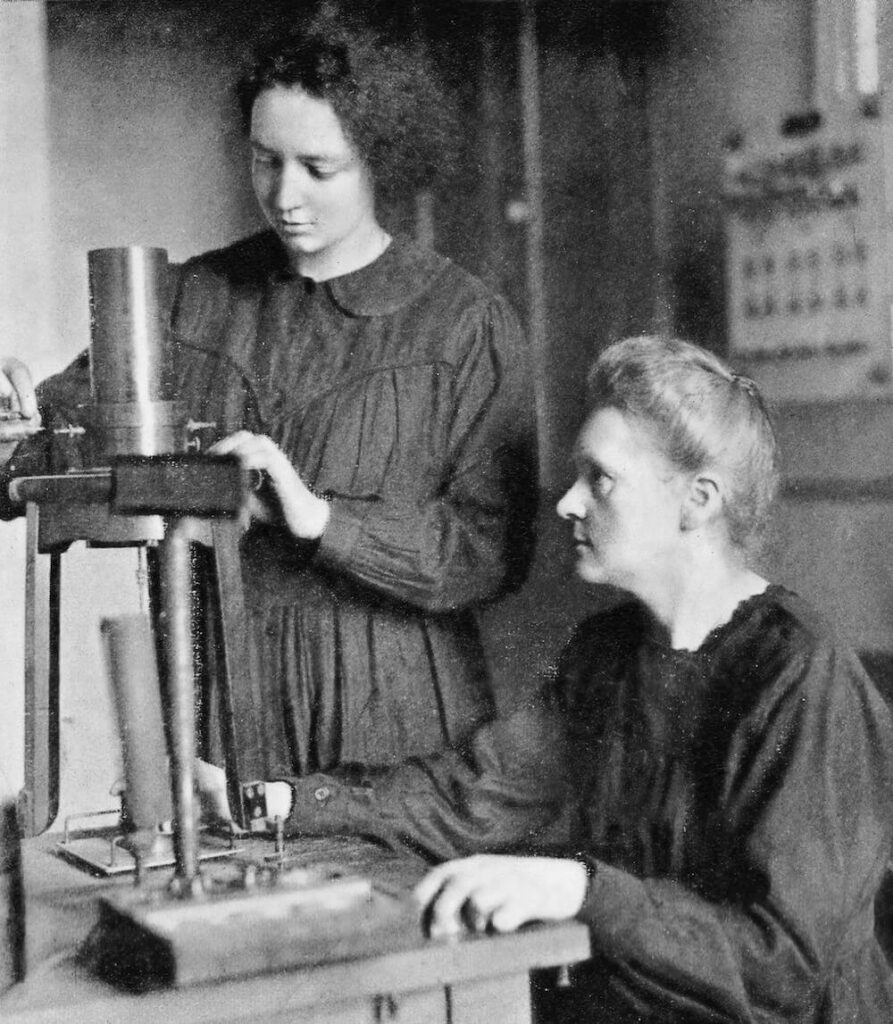3rd Grade Math Lesson Plans
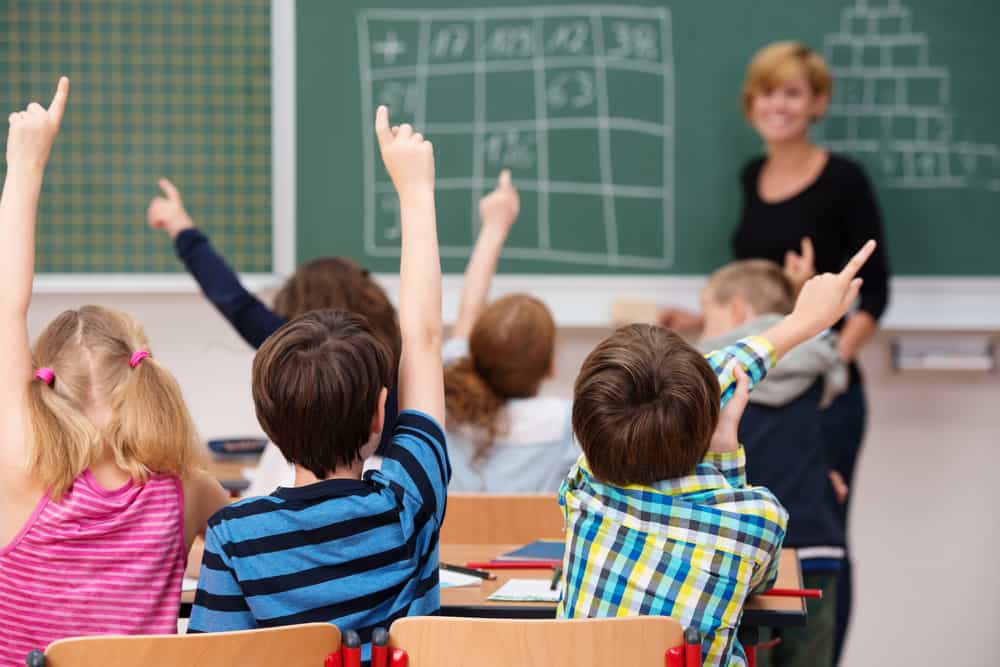
For third-grade Math Lesson Plans 3 things are important:
- a consistent structure
- lots of practice
- and fluency games
Third-grade Math Lesson Plans
I keep our structure consistent so each day the outline of our math lesson is the same:
- Warm-up
- Learn new concepts & skills together (related to the math practice for the day)
- Practice new skills with a math game or activity
- Practice skills independently (with guidance as needed)
- Closing activity, discussion or try exit tickets
Here’s an example for place value:
- Warm-up: dot cards (arrays & scattered dots)
- Game or activity: Place value mats with dice to the thousands of place
- New math skill: worksheet (Hyperlink to the landing page when we have one)
- Closing activity review with two-step word problems
We would continue to practice using different ways to reference building the larger numbers for the remainder of the week. Use a number line, and continue to use the place value mats with base 10 blocks, 3rd graders need a lot of hands-on practice with this.
Continue to use this lesson plan outline as a template. Students practicing multiplication facts can use a multiplication table to check their work while sorting equal groups to demonstrate repeated addition/multiplication.
New math concepts should be related to prior knowledge and pre-requisite skills that are required to complete the lesson independently.
Place Value Game
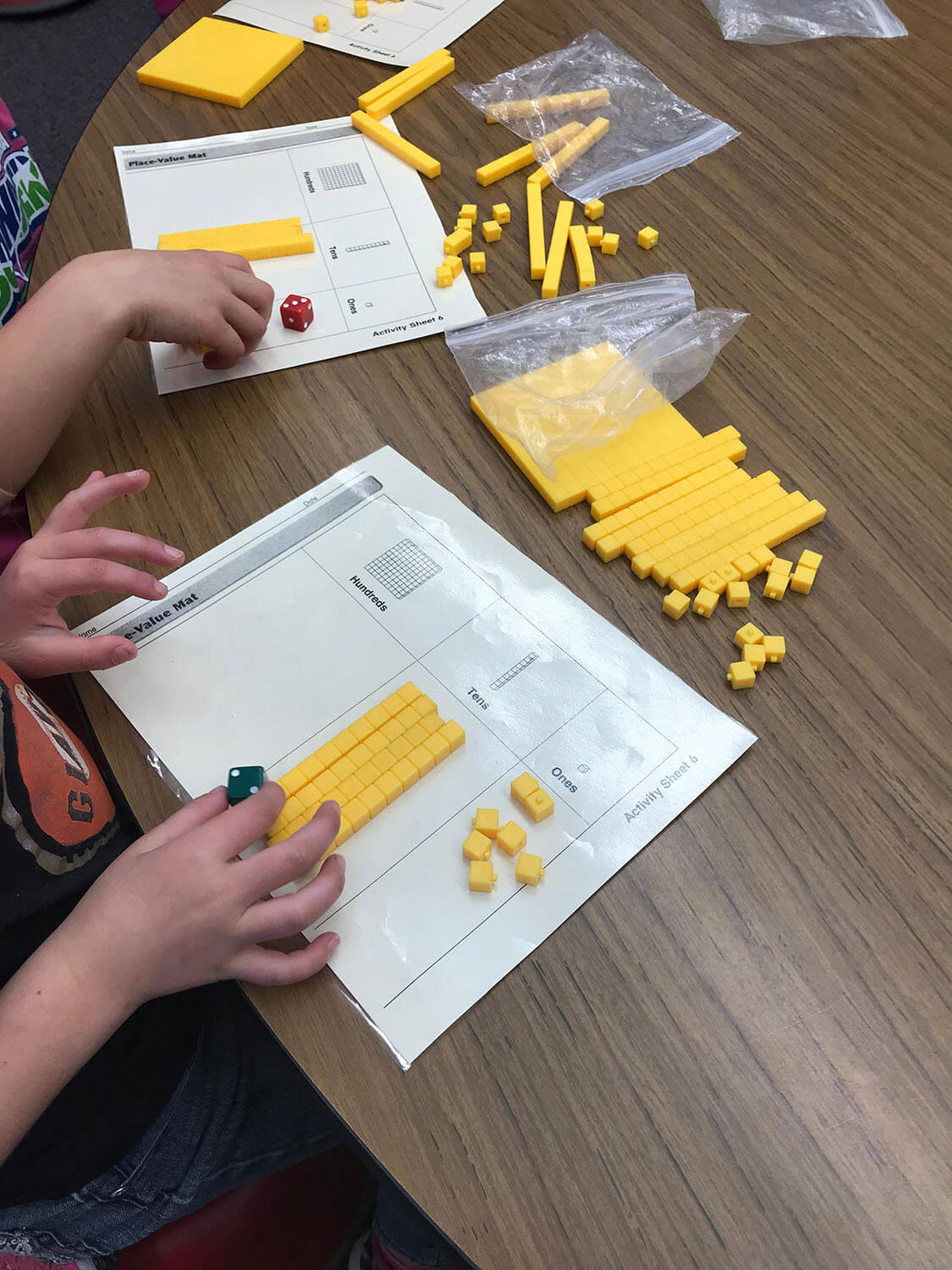
The Roll & Add game for place value is a great third-grade math game! (This game can be played with any grade, however, for 3rd grade you need work up to a place value mat with space for 4-digit numbers. Students who are below grade level can start with 2 or 3 digit place value mats. Students roll one-digit numbers with 2 dice and add them on each turn.
For example;
I roll 2 sixes. That is 6+6 so my total is now 12.
The place value mat works like a graphic organizer. Build that number on the mat by adding a base 10 block and 2 ones.
On my next turn, I roll 6+4. I add that total (in base 10 blocks) to the new number I just rolled (using base 10 blocks and whiteboards) 12+10=22.
Keep rolling to see how high of a total I can get to. Then I record my final score and try to beat that the next time I play.
This helps kids build fluency in math so they can sort and process larger numbers more quickly. This game incorporates visual models and hands-on experience using 1,2 and 3-digit numbers (eventually combing that 4th digit).
To get some extra practice in make your own place value mats for kids at home!
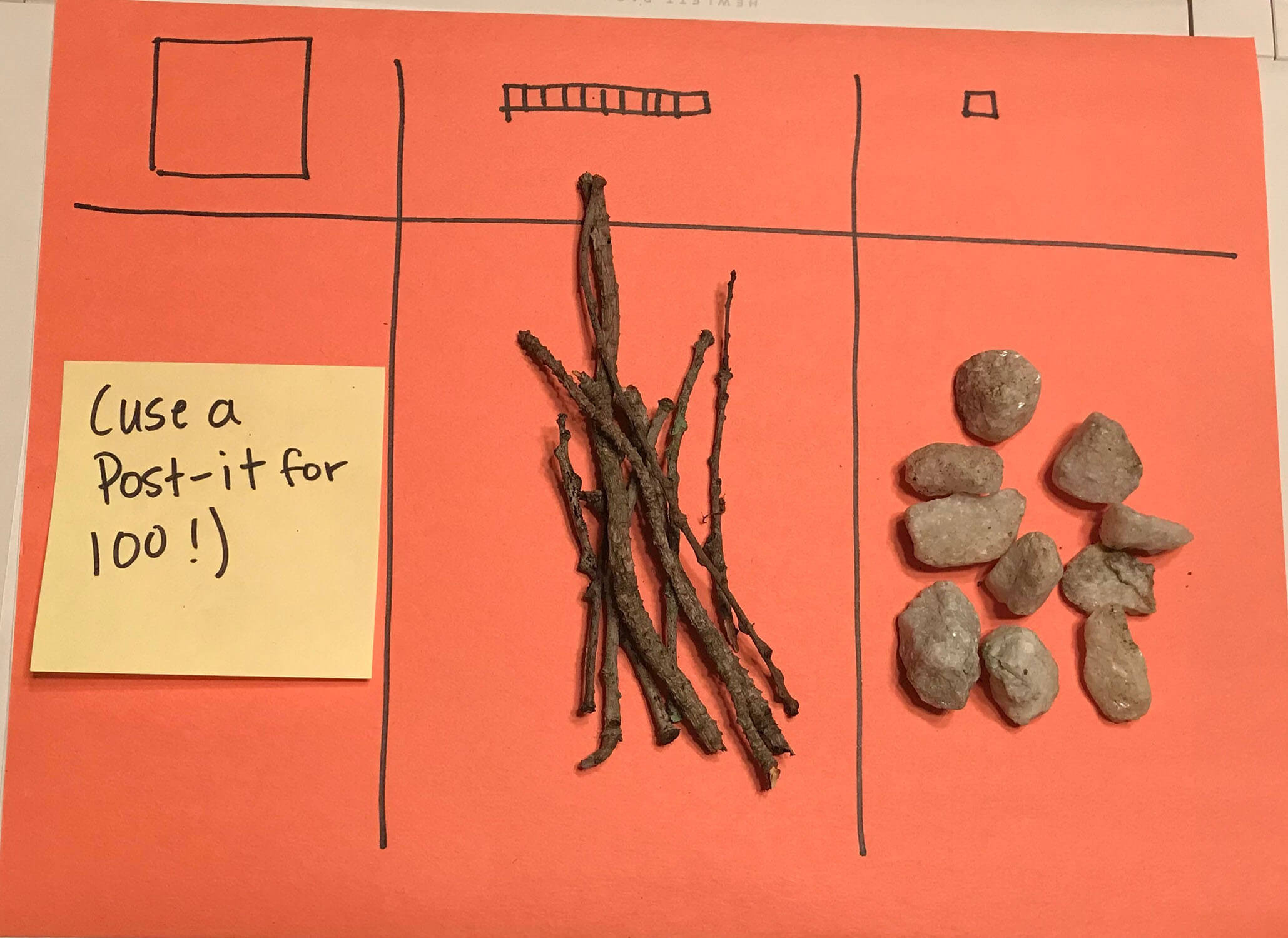
DIY place value mats- a math game for (second or) third graders
Materials:
- 9×12 construction paper
- Sharpie
- Base 10 blocks or use something on hand that can represent the base 10 blocks. I made our COVID shutdown set using a flat post it (and wrote 100 on it), skinny sticks broken into a similar size as the base 10 sticks & small pebbles for 1’s.
How to make your own place value mats:
- Draw place value lines on the construction paper with the sharpie. 3-digit number. Draw 2 lines to create 3 sections for the 100’s mats or 3 lines to create 4 sections for the 1,000’s place is appropriate for 3rd graders)
- Label 1,000’s, 100’s, 1’s on the mat as a header
- Gather your base 10 blocks (or a homemade set of base 10 blocks)
- Store small loose items in a pencil pouch for storage
- Enjoy!
Third Grade Math Lesson for Equivalent Fractions
Warm Up: compare whole numbers on a number line,
INTRO: begin discussion of equivalent fractions; which is more 1/2 or 3/6?
Classroom teachers- direct students to think pair share
Use Tape diagrams to work the problems ( or 1 inch paper strips by coloring and comparing the paper strips in 1/2 & 3/6 partitions).
Number Strips Activity: continue to use number strips to find equivalent fractions.
To make number strips- pre-cut 1 inch strips of construction paper for kids to partition into equal parts, color and compare.
Classroom teachers first model 1-2 examples with the whole group then put students into groups & discuss the number of groups as it relates to the whole and how to solve for equivalency.
